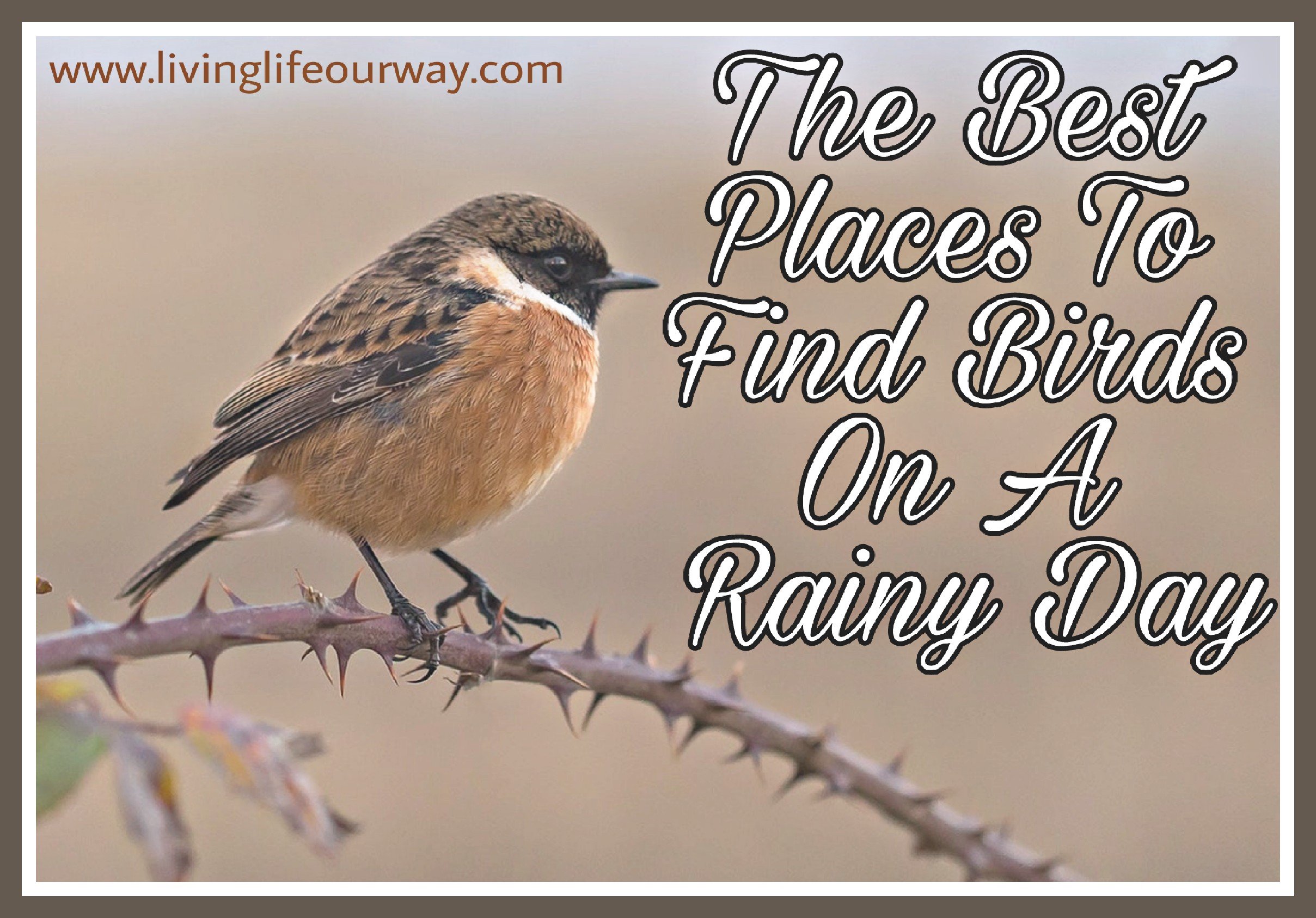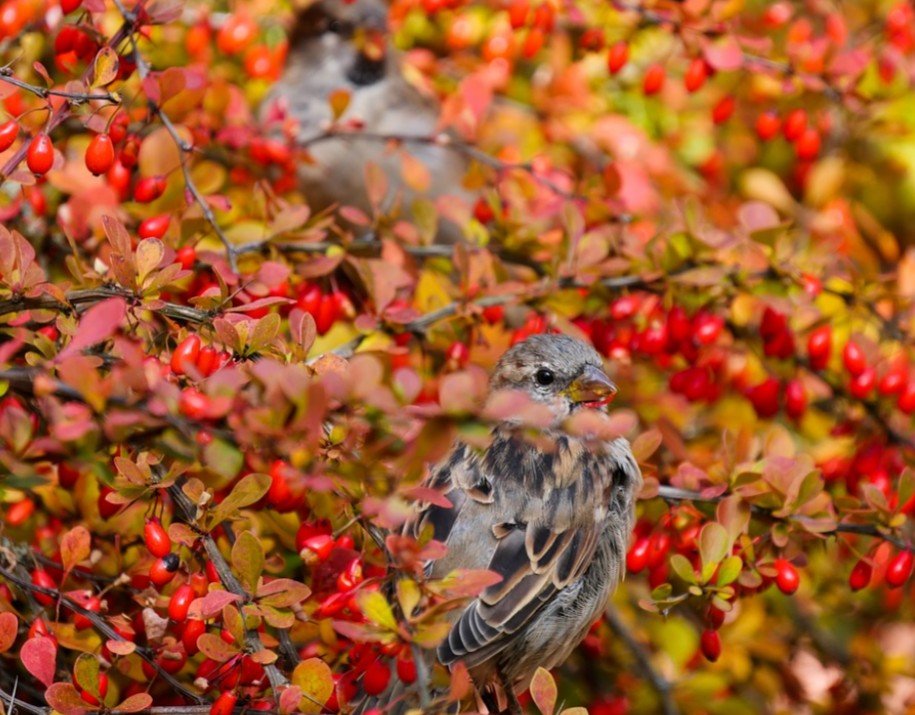Here in Britain, we’re well accustomed to the rain and wet weather; and sometimes it takes a little bit of extra work to find wildlife on a drizzly day. Despite this, with a keen eye and a touch of willpower, you’ll be able to spot some of the fantastic wildlife our country has to offer!
If you’re keen to spot a few birds on your next winter walk, the bird enthusiasts over at Kennedy Wild Bird Food are here to help! They’ve generously offered their top tips on where to find birds on a rainy day, to help you make the most of your next wildlife adventure. Read on to discover their helpful hints…
Take a look in nearby trees and bushes
Birds are designed to withstand a range of different weather conditions, which is part of what makes them so brilliant! However, sometimes they need a helping hand to protect themselves from the cold temperatures when it rains.
In wet weather, you’re more likely to find smaller bird species nestled in the branches of trees. Small birds lose body heat more quickly, and therefore they have a higher risk of catching hypothermia. Staying tucked away in bushes and trees allows them to hold on to as much body heat as possible when it’s raining.
Check your bird feeder
When looking for birds in wet weather, they may be closer to home than you think! No matter what the conditions are like outdoors, birds need to eat regularly to give them enough energy to survive.
Unfortunately, this means that many birds will have to endure getting a little bit wet whilst feeding, but their bodies have some clever adaptations that make them highly water resistant!
Their feathers are made of a protein that makes them both flexible and resistant to water. As well as this, birds have an oil gland at the bottom of their tail. This is used to put a water resistant coating over their feathers, so the water glides right off in the rain – amazing, right!
Keep an eye on the sky
If you’re lucky, you may even be able to see a few birds flying from branch to branch when it’s raining! This is more tricky because birds usually only fly very short distances when it’s raining.
In heavy rain, the downpour may make it more difficult for birds to fly, therefore it’s safer for them to stay sheltered in trees and bushes. However, should they need to fly from A to B, their oil-coated feathers can protect them from the wet weather conditions.
It’s important not to be deterred by Britain’s rainy weather, as you’ll miss out on some of the best wildlife! If you’re taking the time to do some bird spotting this winter, don’t forget to log your sightings in the Kennedy Wild Bird Food BirdSpotter map!
*This is a sponsored post.



